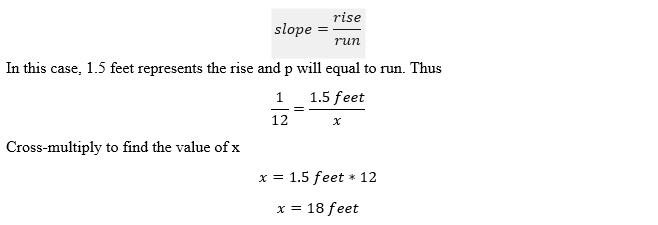Soft Drinks Shop Orange: Two 24-packs for $15; one 24-pack for $9 Root Beer: One 24-pack for $14 Cream Soda: One 12-pack for $5 A consumer needs to purchase at least 60 soft drinks for a picnic. Which of the following combinations is the most cost-effective?
A. 2 pack of Orange and 2 packs of Cream Soda
B. 3 packs of Root Beer
C. 1 pack of orange, 2 packs of Root Beer and 1 pack of Cream Soda
D. 4 packs of cream Soda
Choice A: 2 packs of Orange and 2 packs of Cream Soda
- Total drinks: 48 + 24 = 72 drinks
- Total cost: (2 * $15) + (2 * $5) = $30 + $10 = $40
- This choice not only meets the requirement of at least 60 drinks but also offers the best value in terms of cost per drink, making it the most cost-effective option.
Choice B: 3 packs of Root Beer
- Total drinks: 3 * 24 = 72 drinks
- Total cost: 3 * $14 = $42
- While this choice meets the requirement of at least 60 drinks, it's not the most cost-effective, as it costs $42 for 72 drinks.
Choice C: 1 pack of Orange, 2 packs of Root Beer, and 1 pack of Cream Soda
- Total drinks: 24 + 48 + 12 = 84 drinks
- Total cost: $9 + (2 * $14) + $5 = $9 + $28 + $5 = $42
- This choice provides more than 60 drinks, but it's not the most cost-effective due to its higher cost of $42, same as choice B.
Choice D: 4 packs of Cream Soda
- Total drinks: 4 * 12 = 48 drinks
- Total cost: 4 * $5 = $20
- While this choice is the most cost effective, it falls short of providing the desired number of drinks.
Therefore, the Correct Answer is A.



